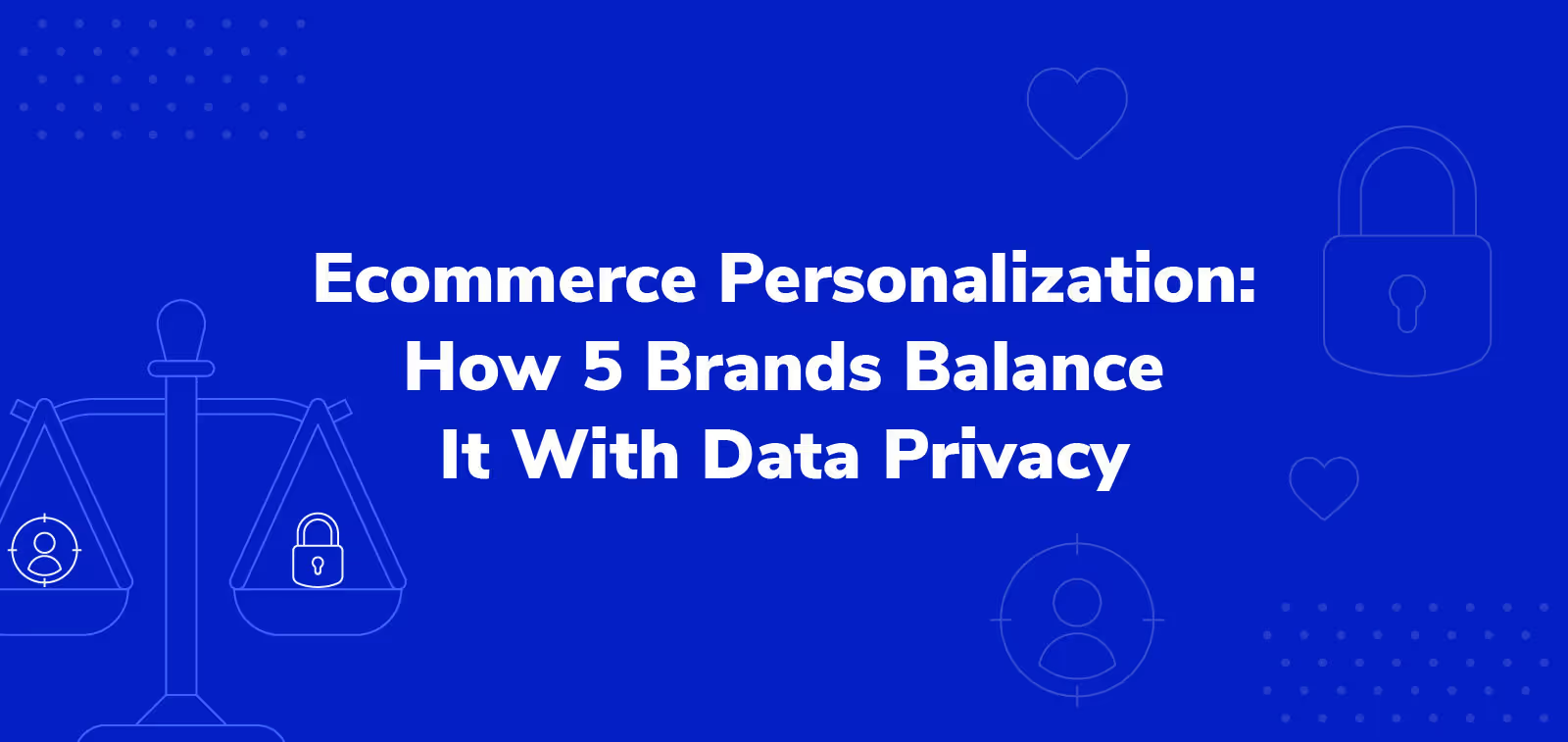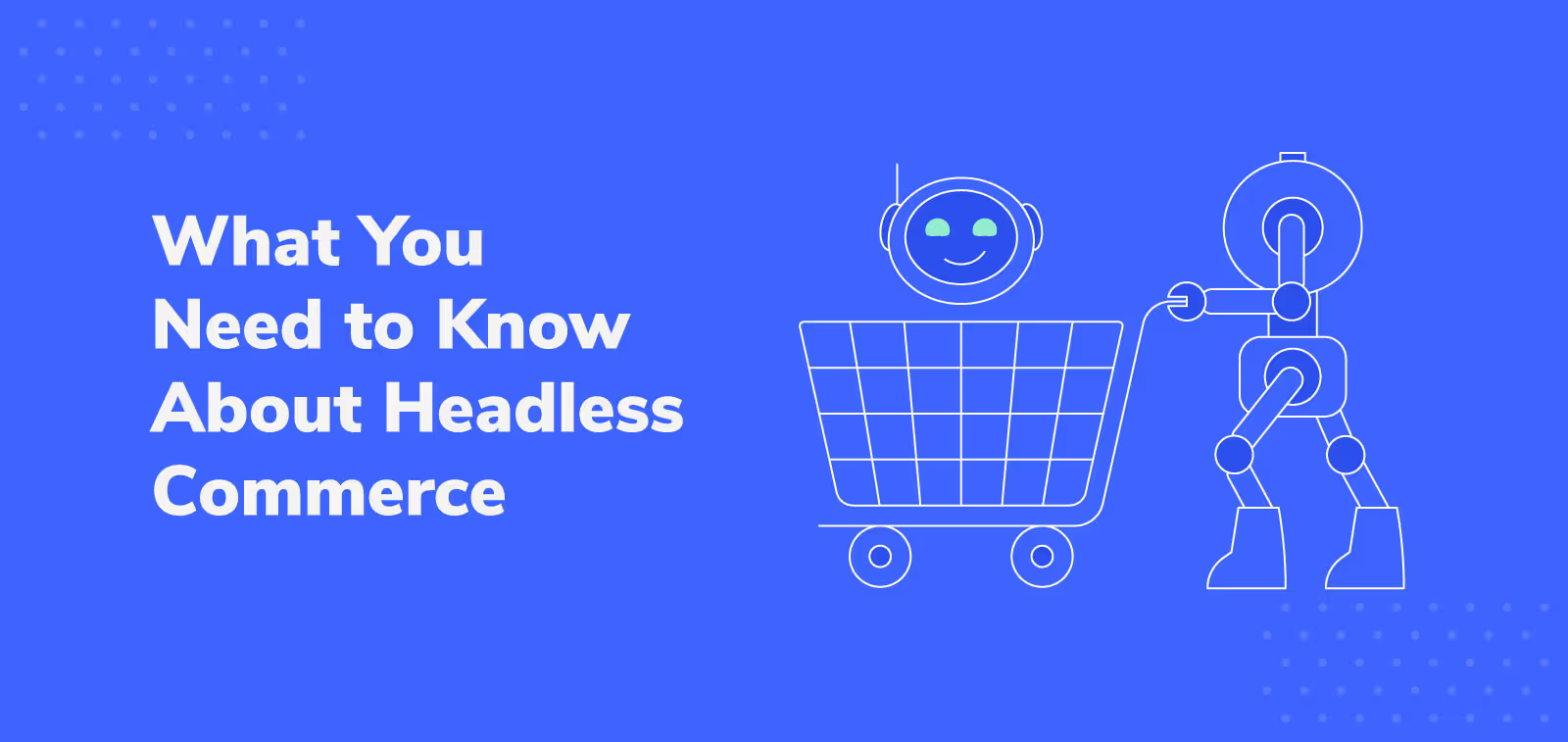8 Solutions to Reduce Shopping Cart Abandonment for Retailers

Imagine owning a brick-and-mortar retail store and watching 88% of your walk-in customers leave without buying anything. That same percentage of all online shoppers will fill a shopping cart and then abandon it without checking out, according to a March 2020 Statista study.
Preventing even 10% of those abandoned carts would deliver a significant revenue boost.
The good news is there are a number of effective ecommerce tactics that can keep customers shopping.
Shopping cart abandonment solutions used to revolve around retargeting the customer with a well-timed email or social media ad. Those can still be effective, but shoppers are more swayed by value-added services delivered at strategic moments in the shopping experience. Merchants who best anticipate those moments will achieve the most conversions.
1. Help Customers Ask Product Questions While Shopping
53% of U.S. online adults are likely to abandon their shopping carts if they can't find quick answers to their questions, according to a Forrester study. In a brick-and-mortar retail store, shoppers can talk to a sales associate. In an ecommerce store, they still can — but only if you use live chat.
There is a cost to install and staff a live chat service, but the revenue it generates more than makes up for it. Live chat provider Kayako surveyed 1,000 US consumers and found that 63% of people who spend between $250-500 a month online are the most likely to buy from merchants who offer live chat.
Chat doesn’t always have to be live, but it sure helps. Hubspot surveyed 1,426 global consumers and found that 40% didn’t care whether they were helped by a human or a chatbot, as long as their questions were answered.
Companies like Kayako and Zendesk allow merchants to use bots for common questions as well as live interaction.
Patio Fever not only lets customers connect with them using live chat, they also display their social media handles in the chat box in case customers would rather reach them there.

2. Foster Buyer Confidence with Customer Reviews
A merchant will always have positive things to say about their products. But what about customers who have already purchased them? Positive product reviews can be the proof new customers need to buy the items in their shopping cart.
According to a 2021 PowerReviews survey of 6,538 US consumers, 94% said that customer ratings and reviews had the greatest impact on their decision to complete a purchase. Customer reviews were more influential than price, free shipping, and even the recommendations of family and friends.
It’s never been easier for merchants to add reviews to their online customer experience. For Shopify users, it’s as simple as installing their free plugin.
A high percentage of positive reviews in competitive industries can help merchants stand out. When merchants such as bike retailer Road Bike Outlet place those rave reviews right under their product name, saving shoppers a scroll, they’re making it easier for customers to decide to buy.

3. Be Transparent about Shipping Policy
Free shipping is table-stakes in the market, so if you can’t offer it on all orders, make your policy one of the first things customers see when they access your site.
66% of consumers are more likely to complete a purchase when they see that free shipping is available for all online orders.
Free shipping doesn’t always lead to conversions, but unexpected shipping fees will almost always lead to cart abandonment. The Baymard Institute estimates that 49% of shoppers abandon their carts because extra costs, including shipping, are too high.
Make sure your site has an easy-to-find shipping FAQs page that lists all of your shipping speeds, pricing and carrier(s) so there’s no sticker shock — and the potential for second guessing a purchase — when customers head to checkout.
And with COVID still affecting shipping times globally, include a disclaimer about the potential for delays so your customer doesn’t feel blindsided after they’ve completed their purchase.
Kitchen supply purveyor Northwest Homegoods places a banner containing their shipping policy at the top of their homepage.

They only offer free shipping on orders above $99. They smartly motivate customers with a “limited time only” message, and a click on the banner leads to a page containing their most popular items. A seamless experience.
4. Simplify Your Checkout Experience
According to a 2021 Baymard Institute survey, 18% of shoppers abandon their carts because the checkout process is too long or complicated.
Amazon pioneered the one-click checkout, which forced other merchants to simplify their checkout experiences. The checkout experience can get busy, both in terms of the number of clicks needed to buy and the number of add-ons merchants want customers to consider.
The last thing customers want is to be overwhelmed by options on multiple screens before they can click “Buy.” This is especially true on mobile.
APIs have made it easier for merchants to offer customers more value without sacrificing the experience. Very Good Fireplaces uses an API to offer Extend product protection plans on the same page as ‘Add to Cart.’

They’ve also been able to condense reviews, shipping information, availability (scarcity) and even the opportunity to ask questions on the same page without forcing the customer to visit another page.
5. Clearly communicate your return policy
Much like shipping, customers expect returns to be free. For online shoppers, who don’t have the benefit of a fitting room or a showroom, free returns help alleviate some of their hesitation to buy without first trying on a shirt or sitting on a sofa.
Returns have become such an obstacle in the customer experience that six in ten global ecommerce companies plan on offering free returns by the end of 2021.
The same Baymard Institute survey mentioned above finds that 11% of shoppers abandon their carts because the returns process is “unreasonable.” A “reasonable” return might not always need to be free, but it should definitely be easy.
Smart lock retailer U-tec doesn’t offer 100% free returns but does allow its customers to return its products, no questions asked, within 30 days of purchase for a full refund, minus the cost of return shipping.

U-tec smartly calls their return policy a “refund policy,” giving customers the confidence that they can actually get their money back. They also share their refund policy in a banner just beneath the main menu, which like shipping is something customers want to know before they start filling their shopping carts.
6. Build a Faster Site to Reduce Shopping Cart Abandonment
Digital marketing agency Portent studied 94 million page views across 10 ecommerce sites, and found that the highest ecommerce conversion rates occurred on pages with load times between 0-2 seconds. Pages that loaded in 2 seconds or less saw an average conversion rate of 8.11%, which dropped to 2.2% for pages that took 5 seconds to load.
You can measure your site speed using this free tool from Google, which also ranks the severity of the issues affecting your site’s loading time.
Many of the issues will require the help of your web developer, but one of the easiest things you can do is compress all your site’s product and lifestyle imagery. When you compress an image you simply reduce its size without reducing its quality. Tools such as TinyPNG make it simple.
7. Let Your Customers Check Out as Guests First
Shopping cart abandonment solutions have one thing in common: They don’t make customers do what they don’t want to do. One of those things is forcing them to create an account in order to purchase.
24% of Baymard Institute survey respondents reported abandoning their carts because a merchant wanted them to create an account.
First-time customers might not want to create a member account until they see how their first purchase pans out. Let them buy as a guest until you earn their trust. When you do, they’ll come back for more.
Timex subtly hints that you can establish an account with their “Already have an account?” prompt, but it isn’t necessary to create one.

Timex also gives customers the option of not entering their contact information at all. If they already have accounts with PayPal or Google Pay, they can use those to check out. To their credit, Timex also asks the customer if they want to join their mailing list rather than assuming they do because they’re making a purchase.
8. Build Brand Trustworthiness with Product Protection
Modern product protection plans are among the most powerful shopping cart abandonment solutions, giving customers peace of mind that their purchase is worth the investment and that they’re covered in the event of an accident.

A 2018 Statista survey found that 23% of US luxury brand buyers consider post-purchase service — including warranties — relevant to their purchasing decisions.
For these reasons, each of the merchants mentioned above uses Extend product protection because they understand how critical it is to own the post-purchase experience if they want to earn consumer trust. Product protection is no longer a nice-to-have but a must-have to meet consumer expectations and instill a sense of confidence in a brand. Customers respond to value-added services with conversions.
Extend client BlendJet saw overall conversion rates increase 11% when the company began offering product protection plans.
Product protection not only reduces shopping cart abandonment, it is the only solution mentioned here that brings customers back to merchants in the event of an accident. When the customer sees that Extend can process most claims online in 90 seconds or less, the merchant is one step closer to winning a loyal, repeat customer.
To learn more about how Extend can help you reduce cart abandonment, contact us here.
Angela Marrujo is a content creator at Extend.
.svg)













































.avif)










